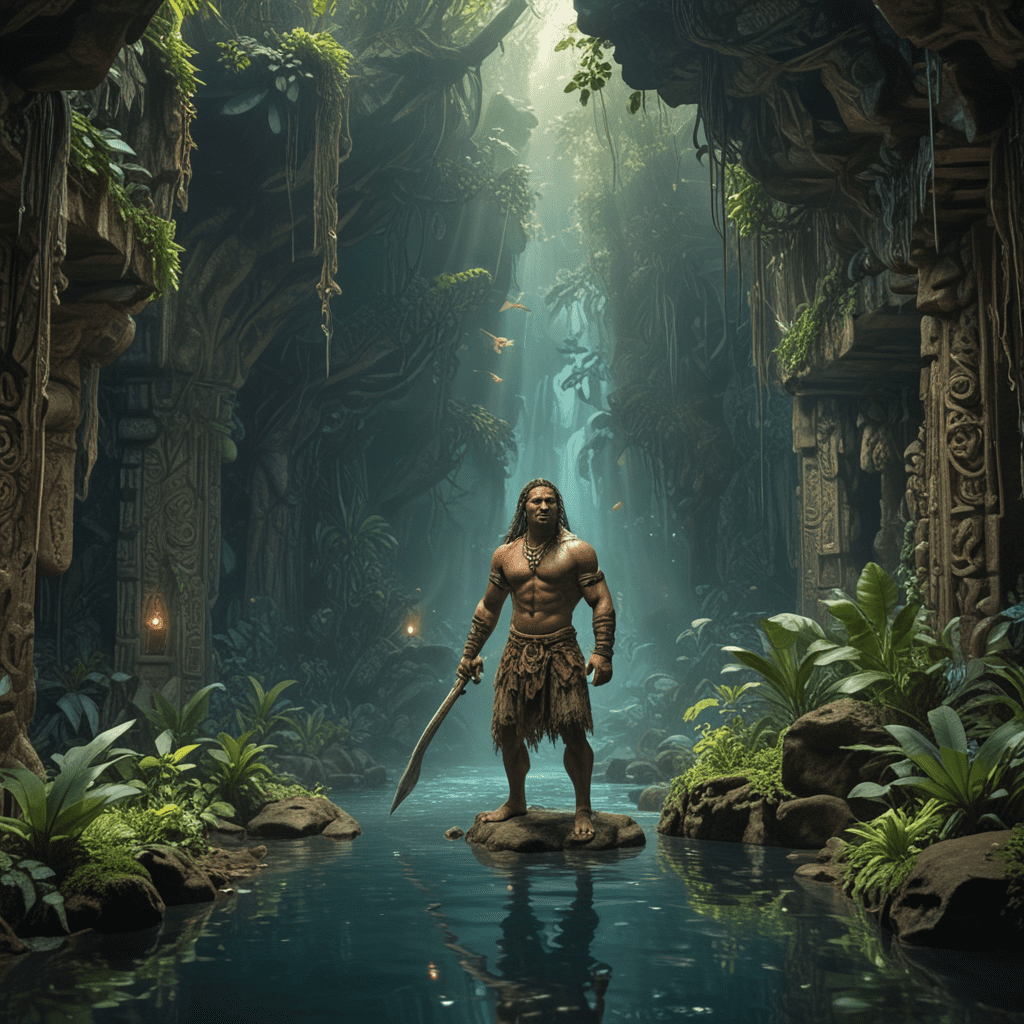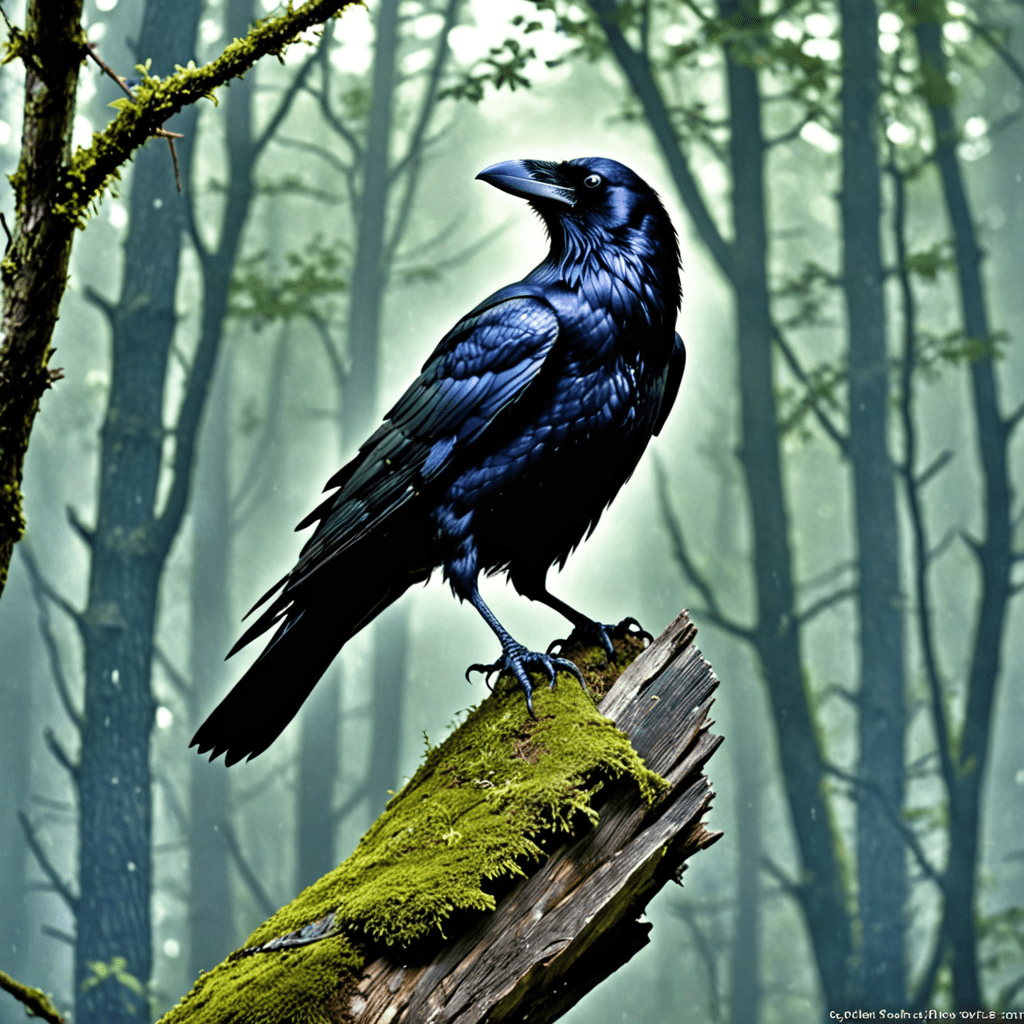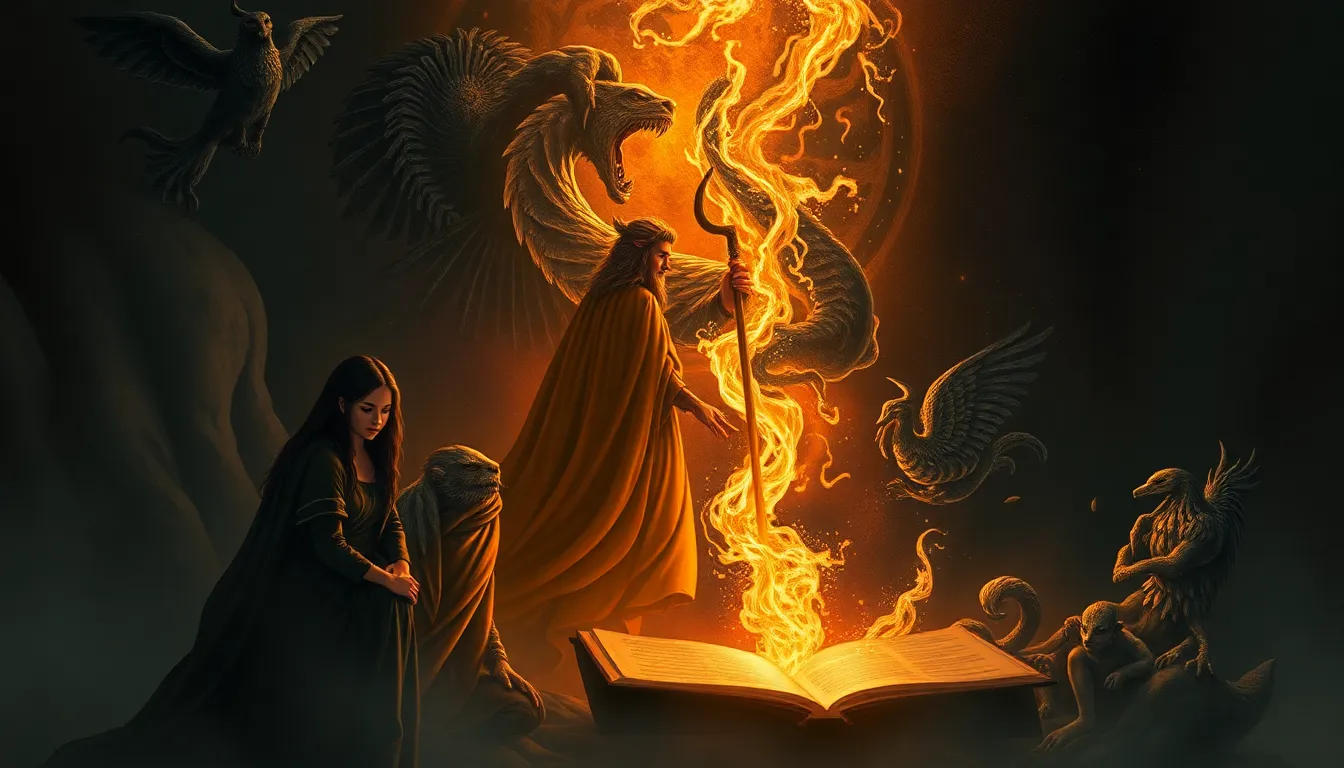1. Introduction: The Concept of the Underworld in Polynesian Mythology
Polynesian mythology encompasses a captivating array of beliefs and practices that paint a vivid picture of their worldviews. Among these, the concept of the underworld holds a prominent position. Embodied by various terms and depictions across different cultures, this subterranean realm plays a crucial role in Polynesian myths and narratives.
2. The Underworld in Māori Culture: Te Po, Hawaiki, and Te Pōuri
In Māori mythology, the underworld is known as Te Po, a realm divided into two distinct sections. Hawaiki serves as the ancestral homeland of the Māori people and represents a paradise of abundance and fertility. Te Pōuri, on the other hand, represents a place of darkness and suffering. It's believed that the spirits of the deceased travel to Te Po after death.
3. The Underworld in Hawaiian Mythology: Kahiki, Milu, and Po
Hawaiian mythology also features a prominent underworld known as Kahiki, an often-mythologized distant land said to lie to the south of Hawaii. This realm was associated with both the dead and the ancestors, as well as with the origin of humans. The spirits of the dead would often return to Kahiki after their passing. Milu and Po, two additional realms, also played significant roles in Hawaiian mythology, each embodying different aspects of the afterlife.
4. The Underworld in Samoan Mythology: Pulotu and Vaimoso
Samoan mythology features two distinct realms associated with death and the afterlife. Pulotu represents a dark, dreary underworld where the souls of the dead reside under the watchful eye of the goddess of death. Vaimoso, in contrast, depicts a realm of light, warmth, and prosperity, where the spirits of those who lived good lives find solace.
5. The Underworld in Tongan Mythology: Bulotu and Ha'ano
In Tongan mythology, the realm of the dead, Bulotu, is believed to lie below the island of Tonga and is ruled by the god Maui. The souls of the deceased are guided to Bulotu by the god of death, Mafuike. Those who lived righteous lives find comfort and joy in this underworld, while the wicked endure eternal torment in the depths of Ha'ano, a volcanic abyss that serves as a place of punishment.
6. The Underworld in Cook Island Mythology: Te Avaiki
In Cook Island mythology, Te Avaiki represents the underworld, a realm located beneath the earth's surface. It's believed to be a place of darkness, where the spirits of the deceased reside. According to legend, the souls of the dead travel to Te Avaiki through a series of dangerous caves and tunnels.
7. The Underworld in Niuean Mythology: Hikulagi
Hikulagi is the underworld in Niuean mythology, a subterranean realm where the spirits of the dead dwell. It's believed that the entrance to Hikulagi is located at the bottom of a deep chasm. The souls of the deceased are said to undertake a perilous journey through this chasm to reach the underworld.
8. The Underworld in Tahitian Mythology: Po and Hi'i
Tahitian mythology features two distinct realms associated with the afterlife: Po and Hi'i. Po represents the underworld, a shadowy realm where the souls of the dead reside. It's believed that Po is divided into different levels, each associated with different deities. Hi'i, on the other hand, depicts a realm of light and happiness, where the spirits of those who lived virtuous lives find eternal bliss.
9. The Underworld in Marquesan Mythology: Ao-atea
In Marquesan mythology, Ao-atea represents the underworld, a realm of darkness and death. It's believed that the souls of the dead travel to Ao-atea after their passing. The spirits of the deceased are said to undergo a series of trials and challenges before reaching their final destination within the underworld.
10. Conclusion: Shared Themes and Significance of the Underworld in Polynesian Mythology
The concept of the underworld in Polynesian mythology showcases a remarkable array of beliefs and practices. Despite the variations across different cultures, several common themes emerge. The underworld is often depicted as a place of darkness, where the spirits of the deceased reside. In some cultures, the underworld is divided into multiple levels or sections, each associated with specific deities or punishments. The journey to the underworld is often portrayed as a perilous and challenging one, requiring the souls of the dead to navigate treacherous landscapes or overcome obstacles. Additionally, the underworld in Polynesian mythology holds significant cultural and spiritual relevance, influencing various aspects of life and serving as a source of inspiration for art, literature, and rituals.
Frequently Asked Questions
Q: What is the common name for the underworld in Polynesian mythology?
A: While there is no single universal name for the underworld in Polynesian mythology, it's often referred to as "Te Po" or other variations such as "Kahiki," "Pulotu," or "Bulotu" in different cultures.
Q: What happens to the souls of the deceased in Polynesian mythology?
A: In many Polynesian cultures, it's believed that after death, the souls of the deceased embark on a journey to the underworld. The nature of this journey and the experiences faced by the souls vary depending on the specific mythology and cultural beliefs.
Q: Is the underworld in Polynesian mythology a place of punishment or reward?
A: The portrayal of the underworld in Polynesian mythology can vary across different cultures. In some cases, the underworld is seen as a place of punishment for the wicked, while in others, it's depicted as a realm of peace and happiness for the righteous.
Q: What role does the underworld play in Polynesian society?
A: The concept of the underworld in Polynesian mythology holds significant cultural and spiritual importance. It influences various aspects of life, including funeral practices, rituals, and beliefs about the afterlife.



